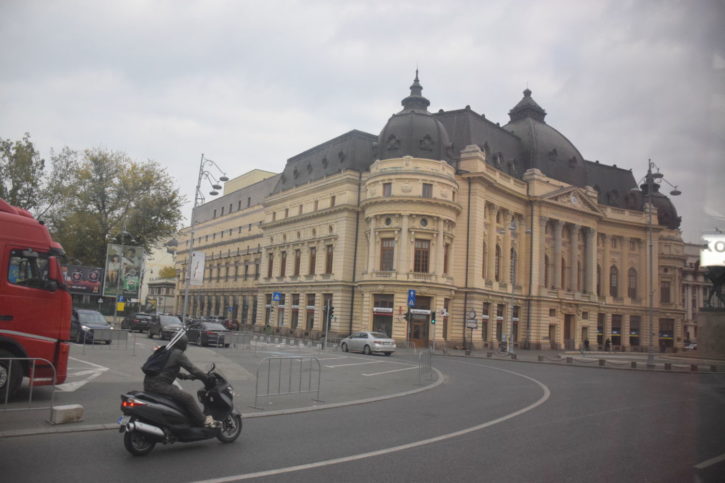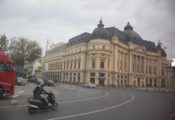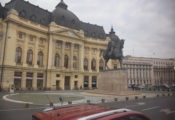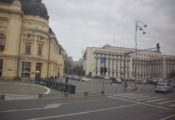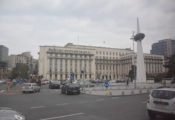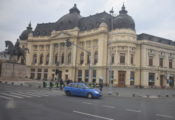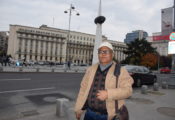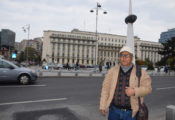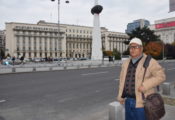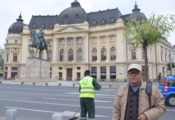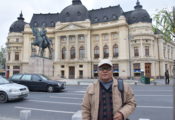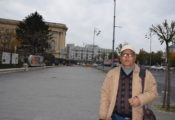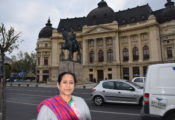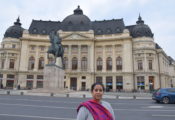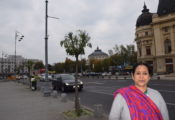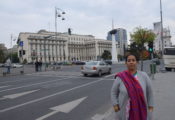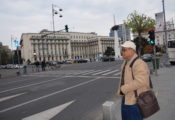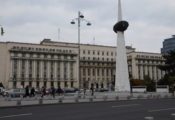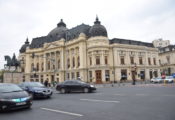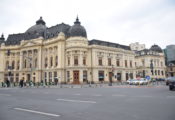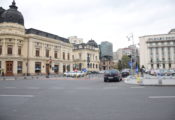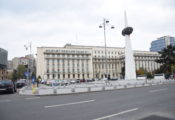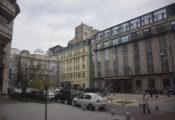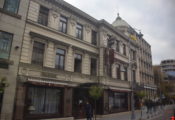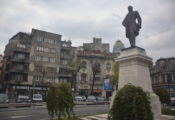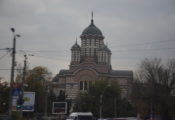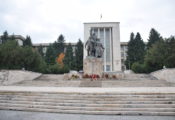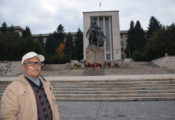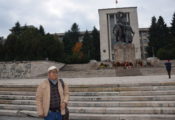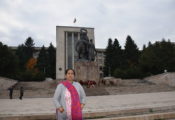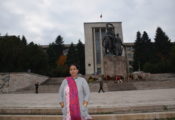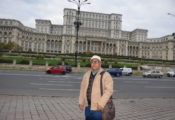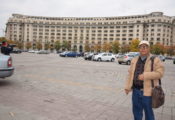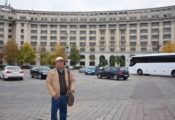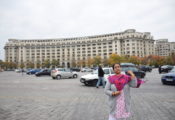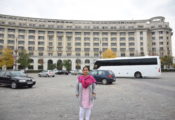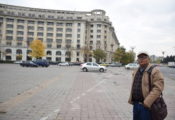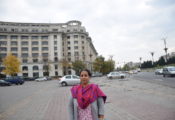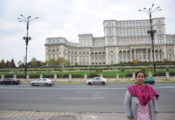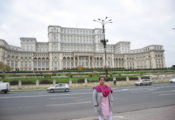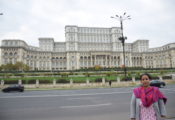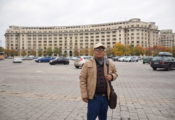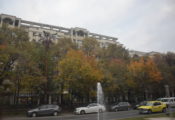28-10-2016
It was in 1881 that BUCHAREST became the capital city of the Romania, after the unification of Moldavia and Wallachia. Much of the medieval architectural heritage was destroyed in a fire in 1847, but the modern era brought a new period of prosperity. A strikingly modern city was being built, and the architectural landscape and urban layout brought international fame to Bucharest, such that the city was dubbed as the Little Paris. One of the gloomiest episodes of the early 19th century refers to the moment when the population was stricken by the so-called Caragea’s plague, an epidemics which killed about one quarter of the population.
Bucharest was under German occupation 1916 to 1918, during World War One, it was in 1918 December that Transylvania was united with the previously constituted Principality of Romania. Hence, Bucharest became the capital of the entire country, after a 2-year period. The period between the two world wars was exceptionally favorable to Bucharest. It was precisely then that the city experienced its cultural heydays. Casa Capşa, already acknowledged as a landmark of social, political and cultural meetings and debates, continued to enhance its prestige, both nationally and at international scale. However, subsequently to World War Two, once the Communist regime took over the political scene, much of the historical Bucharest lost its architectural beauty.
The modern city is characterized by a number of Squares and boulevards. Old Bucharest was razed to make room for the new palace and Grand Boulevard. Republic Square—with the palace hall and the historical Crețulescu Church (1722)—is one of the most beautiful squares of the city. It is linked to Revolution Square (formerly Palace Square), which is surrounded by an imposing group of administrative, political, and cultural buildings including the Romanian Athenaeum, notable for its columned facade, and the former royal palace (now the National Art Museum).

